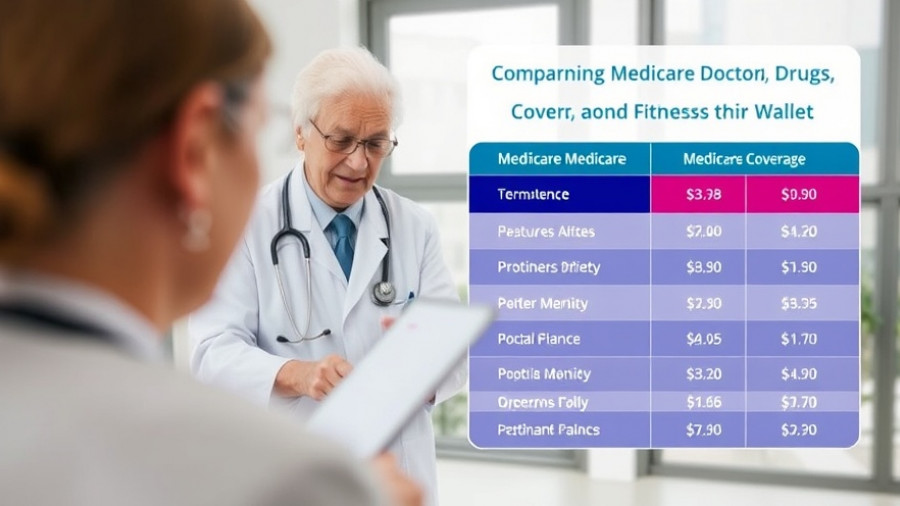
The Impact of Immigration Policies on Nursing Homes
Nursing homes across the United States are facing a significant crisis as recent immigration policies implemented during President Trump's administration threaten their workforce. In a sector already experiencing a shortage of staffing, the loss of foreign-born workers—who typically account for a substantial portion of nursing home employees—could have dire consequences for patient care. Deke Cateau, CEO of A.G. Rhodes, which operates multiple nursing homes in Atlanta, poignantly describes the situation: "We feel completely beat up right now." With one-third of his staff hailing from various countries, the implications of losing even a few employees becomes daunting.
Understanding Temporary Protected Status (TPS)
Temporary Protected Status (TPS) is crucial for many immigrants who are currently living in the U.S. This status permits individuals from countries experiencing ongoing disasters or unrest to reside and work legally in the United States. The Trump administration's revocation of TPS for certain groups places further stress on nursing home operators and emphasizes the precariousness of the immigration status of many caregivers. Workers like those at A.G. Rhodes—and citizens of countries like Venezuela and Haiti—rely on programs like TPS to remain in the workforce and provide essential care to the aging population.
Rising Demand for Caregiving in Nursing Homes
The aging Baby Boomer population continues to grow, leading to an increasing need for caregiving roles. The Bureau of Labor Statistics (BLS) anticipates the addition of approximately 820,000 jobs for home health and personal care aides by 2032. Unfortunately, with immigration policies tightening, nursing facilities face an uphill battle to recruit workers. The fear of raids has resulted in some current employees staying home, exacerbating an already strained workforce.
Real Voices from the Frontline
Industry experts are sounding the alarm about the impending crisis. Katie Smith Sloan, CEO of LeadingAge, highlights that in many cases, the immigration turmoil is creating a culture of anxiety among caregivers, leading to substantial concerns about job security. Facilities have reported that employees are frightened to attend work, complicating staffing even further. Rachel Blumberg, CEO of Sinai Residences in Boca Raton, describes the situation as "the tip of the iceberg" as many are impacted by rescinded permission to stay. With a recent loss of ten employees and projections of thirty more, the scramble to replace such positions is becoming urgent.
Potential Solutions and Industry Response
To address these shortages, many facilities are raising salaries and referral bonuses in an attempt to attract new hires. However, these measures may not be sufficient to fill all roles—from nursing aides to essential support staff like dishwashers and maintenance workers. The ongoing challenges in the immigration landscape require both immediate actions from nursing home administrators and long-term policy changes from lawmakers to ensure these facilities can sustain their necessary staffing levels.
A Call for Action
The issues facing nursing homes today underscore the urgent need for empathy and understanding toward immigrant workers who play a vital role in caregiving. The government, communities, and individuals must advocate for policies that ensure fair treatment and pathways to stability for this crucial workforce.
 Add Row
Add Row 

 Add
Add 


Write A Comment